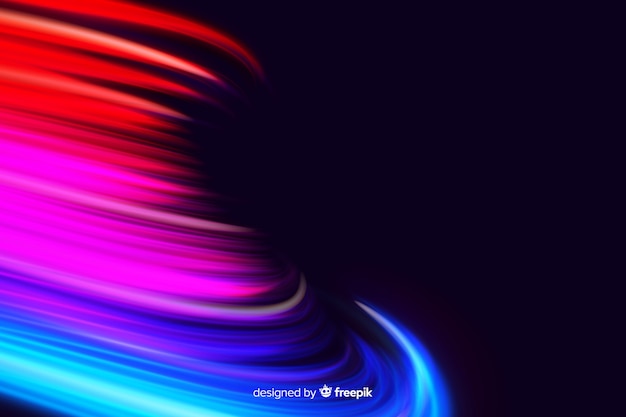Illuminated Journeys: The Power of Light in Motion

Tony Armstrong from Linear Technology, now part of Analog Devices, discusses the ongoing advancements in LED headlamp technology.
Remember the old tungsten filament light bulbs? Those 40 and 60-watt incandescent bulbs, once commonly used in American homes, were banned from manufacturing and import in the USA by the end of 2013 (though you can still buy them). The 75 and 100-watt bulbs faced the same fate a year earlier in 2012.
This change was driven by the need for more energy-efficient lighting demanded by the US Environmental Protection Agency. The goal was to cut down electricity consumption, as residential lighting accounts for about 14% of total electrical use. This paved the way for LEDs, which use only about one-eighth of the power needed to produce the same light output, to become the new standard.
This evolution from incandescent bulbs to energy-efficient LEDs mirrors what’s happening in the automotive industry with vehicle lighting. Red LEDs have been used in taillights for over a decade. Recently, the use of LEDs in car interiors and forward-facing lights has made significant strides. For example, over 70% of interior indicator lights and more than 45% of instrument display backlighting now use LEDs. Daytime running lights (DRLs) boast over 55% LED adoption, but headlamps lag behind at only about 5%.
It seems ironic that headlamps, despite being the biggest opportunity for LEDs, have the lowest adoption rate. The main reason is cost. Implementing LED headlamps at an affordable price for consumers remains a challenge for car manufacturers.
So why do drivers and car makers prefer LED lighting? Here’s why:
– Performance and Design Flexibility: LEDs offer design flexibility and a wide range of dimming options. The human eye can detect even small variations in light output, which LEDs handle well.
– Energy Efficiency and Lower CO2 Emissions: LEDs are more power-efficient, consuming less energy and lasting much longer.
– Cost: While the initial cost might seem high, the durability and quality of LEDs offer better value over time.
– Regulations: Government mandates for DRLs and headlamps are pushing the demand for LED lighting.
Audi is recognized as the leader in adopting LEDs in exterior automotive lighting. Their distinctive “eyebrow” DRLs are a notable feature. Audi was also the first to introduce LED headlamps in the 2004 Audi R8.
So why haven’t LED headlamps taken off like other automotive LED lights? The answer lies in the cost. Alternatives to LED headlamps include incandescent, halogen, and high-intensity discharge (HID) Xenon bulbs. LEDs can cost up to twice as much as halogen headlamps (introduced in the USA in 1978) and 1.5 times more than HID Xenon bulbs, which debuted on the 1991 BMW 7 series. Achieving a performance level comparable to HID Xenon headlamps requires a more expensive LED system than that needed for lower-performance halogens.
Overall, LED headlights are positioned between the older halogen models and the expensive HID Xenon options.